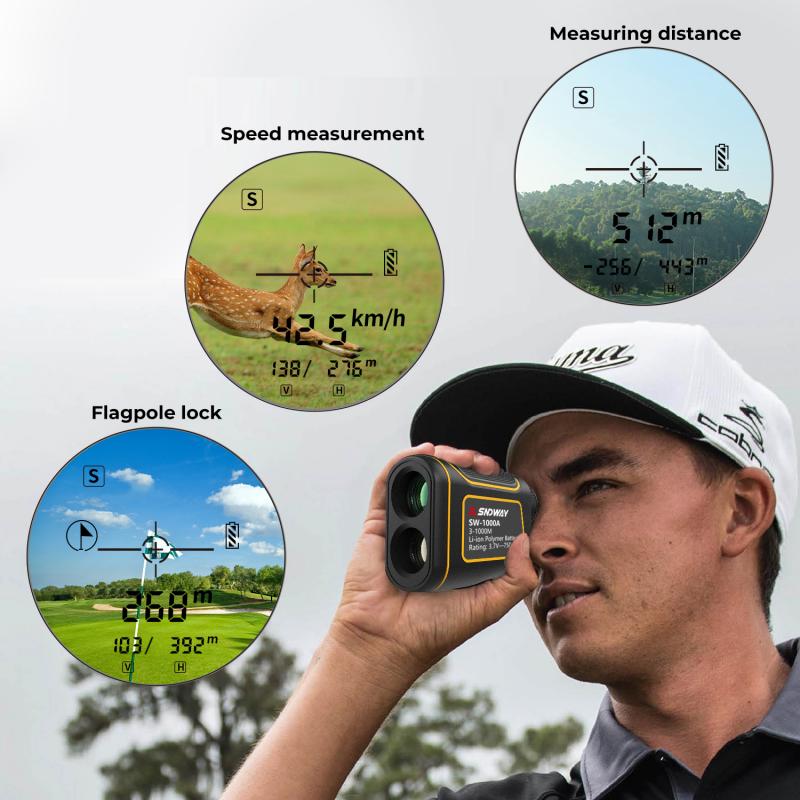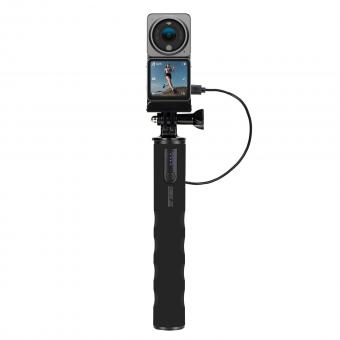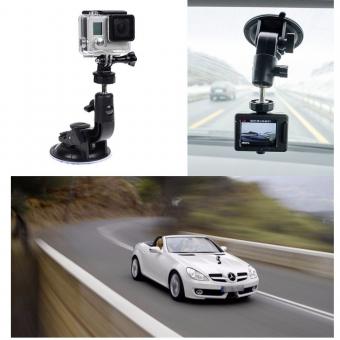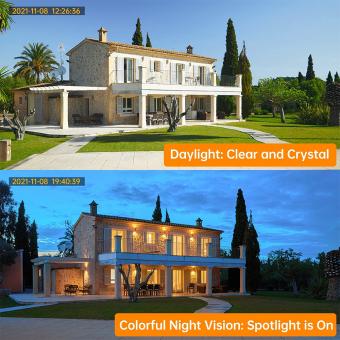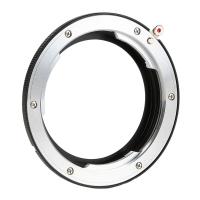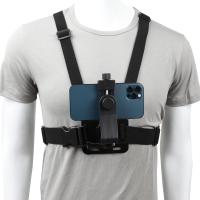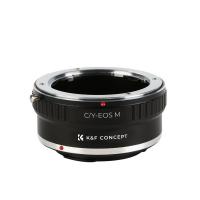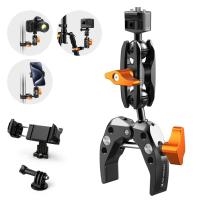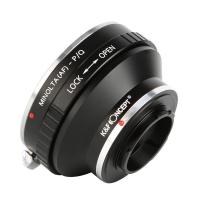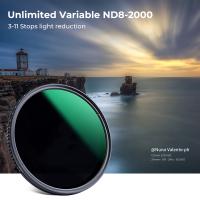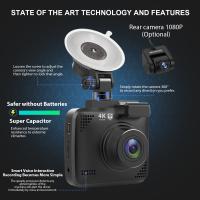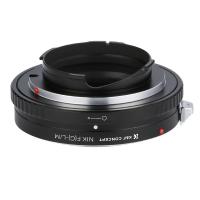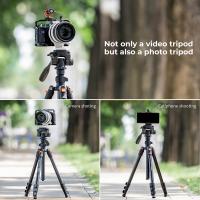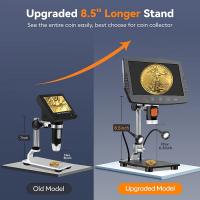How To Make Your Own Telescope ?
To make your own telescope, you will need a few key components. First, you will need a primary mirror, which can be purchased or made by coating a glass or metal surface with a reflective material. Next, you will need a secondary mirror, which can be smaller and positioned at a 45-degree angle to redirect the light. You will also need a tube to house the mirrors and provide stability.
Additionally, you will need an eyepiece to magnify the image, a focuser to adjust the focus, and a mount to support and move the telescope. You can choose to build a simple mount or purchase a pre-made one. Finally, you will need to align and collimate the mirrors to ensure proper functioning.
Building your own telescope can be a rewarding project, but it requires careful attention to detail and some knowledge of optics. There are many resources available online that provide detailed instructions and guidance for constructing your own telescope.
1、 Choosing the right telescope design for your needs
Choosing the right telescope design for your needs is crucial in order to fully enjoy the wonders of the night sky. With advancements in technology, there are various telescope designs available, each with its own advantages and limitations. Here, we will discuss the latest point of view on telescope designs and how to make your own telescope.
When it comes to choosing a telescope design, there are three main types to consider: refractor, reflector, and compound. Refractor telescopes use lenses to gather and focus light, providing crisp and clear images. Reflectors, on the other hand, use mirrors to gather and reflect light, making them ideal for observing faint objects. Compound telescopes combine both lenses and mirrors, offering a versatile option for both beginners and experienced astronomers.
To make your own telescope, you can start with a simple refractor design. Begin by acquiring a lens with a long focal length, typically around 1000mm. Mount the lens securely in a tube, ensuring it is aligned properly. Attach an eyepiece to the other end of the tube, and you have a basic refractor telescope. This DIY approach allows you to customize the design and experiment with different lenses and eyepieces to suit your preferences.
However, if you are looking for a more advanced telescope, it is recommended to invest in a professionally designed and manufactured one. These telescopes often come with advanced features such as computerized mounts, motorized tracking, and high-quality optics, providing a superior viewing experience.
In conclusion, choosing the right telescope design for your needs is essential for a fulfilling stargazing experience. Whether you decide to make your own telescope or invest in a professionally designed one, the latest point of view emphasizes the importance of considering your level of expertise, budget, and desired features.
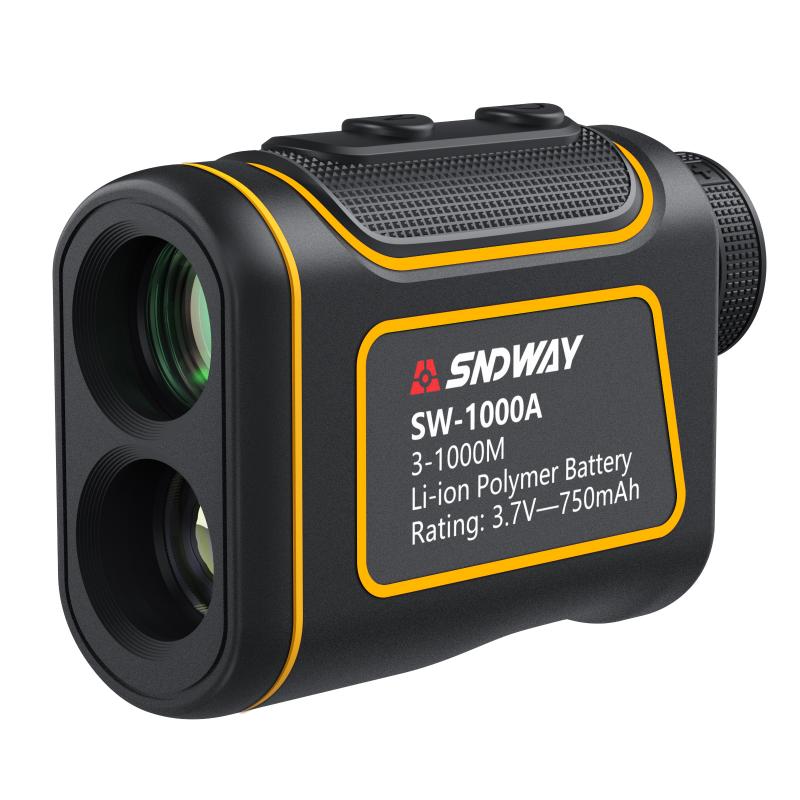
2、 Gathering the necessary materials and tools
Gathering the necessary materials and tools is the first step in making your own telescope. Here is a guide on how to gather these items:
1. Optics: The most crucial component of a telescope is the optics. You will need a primary mirror, secondary mirror, and eyepiece. These can be purchased online or from specialized stores. Alternatively, you can grind and polish your own mirrors, but this requires advanced skills and equipment.
2. Tube: The tube holds the optics and provides stability. It can be made from PVC, cardboard, or metal. PVC is a popular choice due to its affordability and ease of use. Ensure that the tube is long enough to accommodate the focal length of your optics.
3. Mount: A sturdy mount is essential for stability and ease of use. You can either purchase a mount or build one yourself using wood or metal. Consider using a motorized mount for tracking celestial objects.
4. Focuser: The focuser allows you to adjust the focus of your telescope. You can buy a focuser or make one using PVC or metal components.
5. Tools: To assemble your telescope, you will need basic tools such as screwdrivers, wrenches, a drill, and a saw. Additionally, you may require specialized tools for mirror grinding and polishing if you choose to make your own optics.
It is important to note that making your own telescope requires patience, precision, and some technical knowledge. There are numerous online resources, forums, and books available that provide detailed instructions and guidance. Additionally, consider joining a local astronomy club or community where you can seek advice and learn from experienced telescope makers.
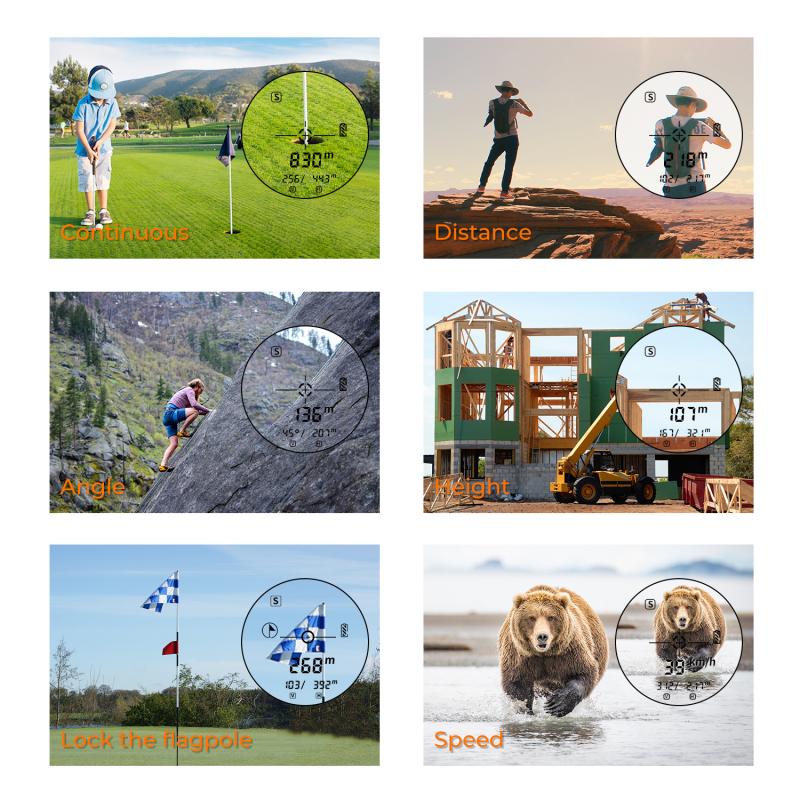
3、 Constructing the telescope tube and mounting
Constructing the telescope tube and mounting is a crucial step in making your own telescope. Here's a step-by-step guide to help you through the process:
1. Determine the size and length of your telescope tube based on the focal length of the primary mirror or lens you plan to use. The tube should be long enough to accommodate the focal length and wide enough to fit all the necessary components.
2. Choose a material for the tube, such as PVC or aluminum, that is lightweight and sturdy. Cut the tube to the desired length using a saw or pipe cutter.
3. Smooth the edges of the tube using sandpaper or a file to ensure a snug fit for the components.
4. Attach a focuser to one end of the tube. The focuser allows you to adjust the position of the eyepiece, enabling you to focus on objects at different distances. Secure the focuser using screws or adhesive, ensuring it is aligned with the center of the tube.
5. Mount the primary mirror or lens at the opposite end of the tube. Use a mirror cell or lens cell to hold the mirror or lens securely in place. Ensure that the mirror or lens is centered and aligned with the tube.
6. Attach a diagonal mirror or prism to the focuser. This allows you to view objects at a more comfortable angle. Secure the diagonal mirror or prism using screws or adhesive.
7. Mount the tube onto a sturdy tripod or equatorial mount. The mount should be stable and adjustable to allow for precise tracking and movement of the telescope.
8. Ensure that the tube is securely attached to the mount, and make any necessary adjustments to achieve proper balance and alignment.
Remember to consult online resources, books, or experienced astronomers for the latest techniques and advancements in telescope construction. Additionally, consider joining a local astronomy club or community to connect with fellow enthusiasts who can provide guidance and support throughout the process.
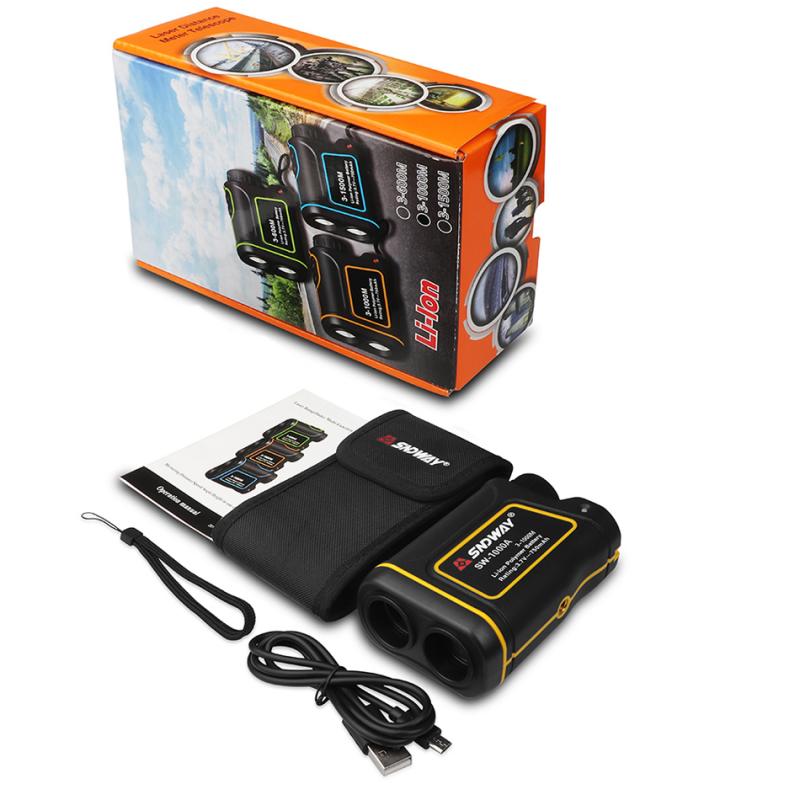
4、 Assembling the optics: lenses, mirrors, and eyepieces
Assembling the optics: lenses, mirrors, and eyepieces
Making your own telescope can be a rewarding and educational experience. One of the most crucial steps in this process is assembling the optics, which includes lenses, mirrors, and eyepieces.
To start, you will need a primary mirror, which is the most important component of a reflecting telescope. This mirror collects and focuses light, allowing you to see distant objects. You can either purchase a pre-made mirror or grind and polish your own using specialized tools and techniques.
Next, you will need a secondary mirror, which reflects the light gathered by the primary mirror towards the eyepiece. This mirror is usually smaller and positioned at an angle to redirect the light.
In addition to the mirrors, you will need lenses for a refracting telescope. These lenses are responsible for bending and focusing light to create an image. You can purchase lenses or make them yourself using optical glass.
Eyepieces are also essential components of a telescope as they determine the magnification and field of view. They are inserted into the telescope's focuser and allow you to observe celestial objects more closely.
It is important to note that the latest advancements in telescope technology have led to the development of more sophisticated optics, such as computer-controlled adaptive optics and multi-element lenses. These advancements have greatly improved the clarity and resolution of telescopes, allowing for more detailed observations of the universe.
In conclusion, assembling the optics of a telescope involves carefully selecting and positioning the primary and secondary mirrors, choosing the appropriate lenses, and selecting the right eyepieces. Whether you choose to make your own telescope or purchase one, understanding the basics of assembling the optics will enhance your observing experience.
